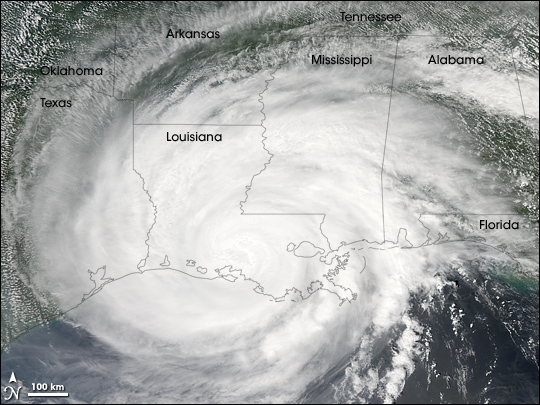|
Is anybody listening?Climate change evidence mounts but public perception still unclearPosted September 19, 2008
Is anybody listening? That was the subject for a panel of science writers who recently participated in an energy and climate change symposium This isn’t really surprising. Climate change is a vastly complicated subject, and we can’t simply boil it down to the familiar Keeling Curve popularized by Al Gore that shows the upward trend of carbon dioxide levels since measurements began in 1958. There are other greenhouse gases, particularly methane, which could prove to be just as important, particularly if thawing permafrost starts releasing it in vast quantities (along with carbon), as some predict. The past year has been somewhat mild, according to some reports, which is any easy way for cynics to discount global warming. But such year-to-year variability is misleading. It would be like assuming that a slugging first baseman who happens to get three hits out of four in one game would have a .750 batting average at the end of the season when in reality he’s a career .250 hitter over the course of hundreds of games. Antarctica is just as complicated to understand, especially for those who only experience it through armchair travel — documentaries and computer-animated penguins with happy feet. Larger than the continental United States, Antarctica is similarly varied in its climate and not just one giant ice cube. 
Image Credit: NASA
This image illustrates long-term changes in yearly surface temperature in and around Antarctica between 1981 and 2007 based on satellite data. Places where it warmed over time are red, places where it cooled are blue, and places where there was no change are white.
The high-altitude interior seems inviolate to today’s warming, but its edges are chipping away like a finger scraping at peeling paint. A new ecosystem is creeping across the jutting Antarctic Peninsula, destroying old ecological niches and creating new ones, giving us a glimpse into what will happen in a warmer world as new deserts swallow former temperate regions while agricultural belts move into formerly arctic climes. These stories have been told in the Antarctic Sun But is anybody listening? CU Boulder is one of many research universities in the country funded by the National Science Foundation But this is particularly bad new for the people of Bangladesh, a populous, low-lying country whose rich agricultural delta would likely be swamped by saltwater with a rise of just one meter. Closer to home, the eastern seaboard of the United States would be at risk. Two meters and a storm with a little muscle could turn New York into Venice. We’ve already seen what happened to New Orleans. Even the most recent storm, Hurricane Gustav, which packed considerably less punch than Katrina did three years ago, still caused considerable damage. In July, we featured a story about a penpal relationship that developed between some U.S. Antarctic Program Adrian told me about the class and the penpal program, as well as what life was like “after the storm,” as New Orleans residents now mark time. He recalled his own harrowing escape, when a helicopter plucked him and his mother from the family home after nine days under siege by floodwaters. I recently e-mailed Adrian, concerned about how he and his friends, family and co-workers fared after Gustav hit the coast. He and everyone else are safe, already returned from their latest “exile.” Adrian said this time Baton Rouge was severely damaged, possibly the worst in the city’s history. Tired and sounding frustrated, Adrian reported back on the downed trees, power outages and fuel scarcity. He promised to write more, a full recounting on his school's blog “It is getting really, really stressful living in Old New Orleans and the whole Gulf Coast. This is why we appreciate the research being done in Antarctica about climate change and global warming and reporting about this in the Antarctic Sun,” he wrote. “To us it is not a lofty scientific theory; it is something very, very real and dangerous. Our only hope is increased knowledge on the subject and then positive action.” Somebody is listening. |



For USAP Participants |
For The Public |
For Researchers and EducatorsContact UsU.S. National Science FoundationOffice of Polar Programs Geosciences Directorate 2415 Eisenhower Avenue, Suite W7100 Alexandria, VA 22314 Sign up for the NSF Office of Polar Programs newsletter and events. Feedback Form |


